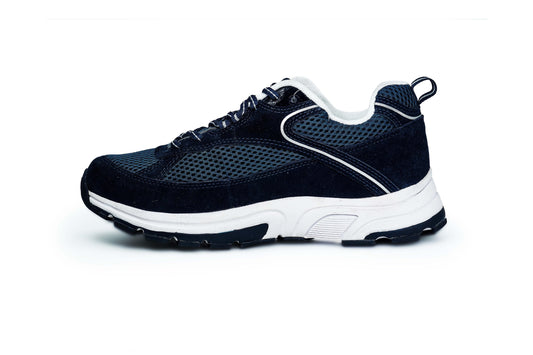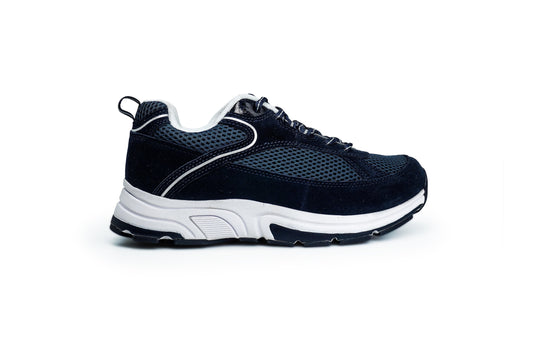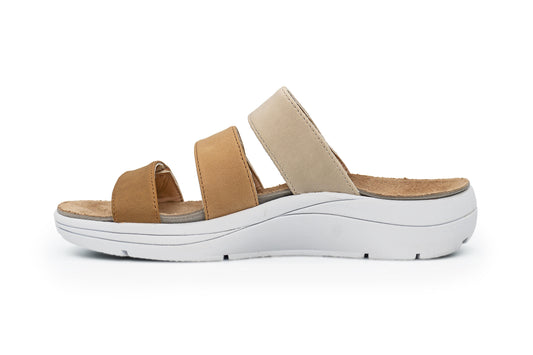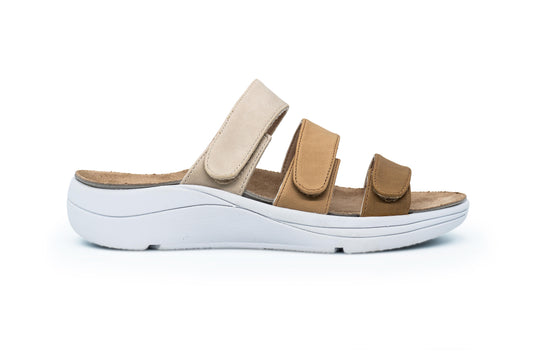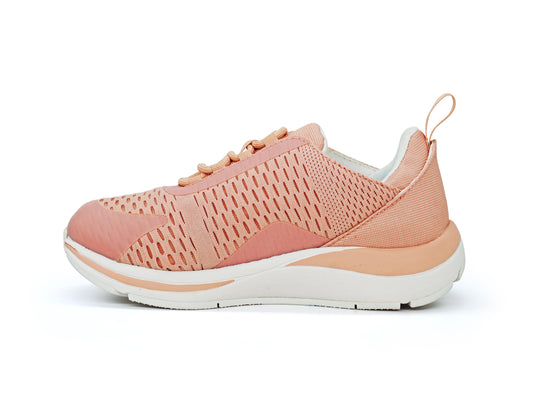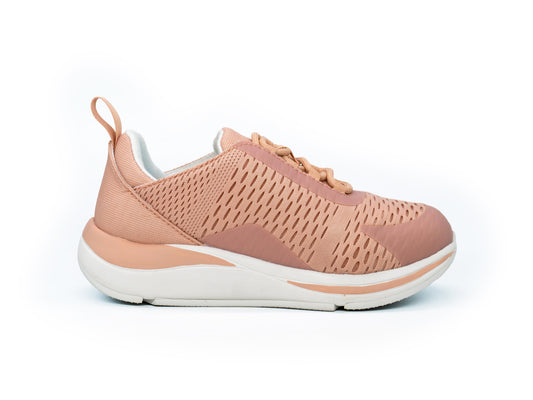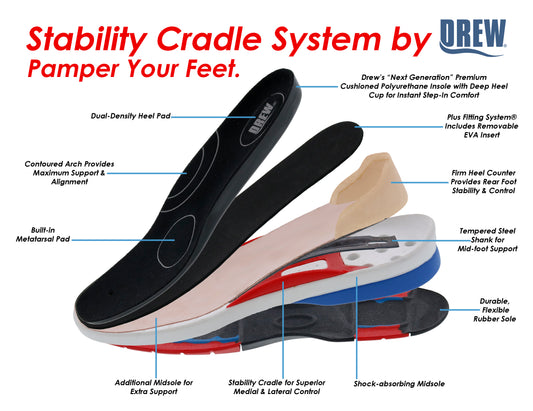Experiencing pain on the upper side of your foot can be more than just a minor inconvenience—it can affect mobility, posture, and overall quality of life. The discomfort may appear as a sharp, stabbing sensation or as a dull, persistent ache that worsens over time. Identifying the causes and treatment options for this type of pain is crucial to restore comfort, prevent complications, and maintain everyday activity without hindrance.
Dorsal Dilemmas: Why the Top of Your Foot Hurts

Foot pain on the upper side often stems from issues collectively known as dorsal foot pain. Common triggers include:
-
Injuries like sprains, fractures, or overuse
-
Arthritis from wear and tear or autoimmune conditions
-
Tendinitis, especially affecting the extensor tendons
Activities like running, jumping, or prolonged standing can stress these structures, leading to inflammation, discomfort, or even chronic pain over time.
Outer Edge Offense: Lateral Foot Pain Explained

Pain along the outer side of the foot can feel sharp or pressing, often caused by:
-
Peroneal tendonitis due to repetitive ankle motion
-
Cuboid syndrome from partial dislocation of the cuboid bone
-
Stress fractures from repeated pressure or sudden activity increase
These conditions are particularly common among runners, dancers, and those who push their foot through high-impact activities without proper preparation.
When Foot Meets Ankle: Combined Pain Patterns
Pain that involves both the top of the foot and ankle may result from:
-
Ankle sprains stretching or tearing ligaments
-
Gout triggered by uric acid crystal accumulation
-
Nerve compression conditions like tarsal tunnel syndrome
Addressing these early ensures that discomfort doesn’t evolve into long-term mobility issues or persistent inflammation.
Recognizing the Signs: Symptoms You Shouldn’t Ignore

Swelling, bruising, stiffness, and tingling or numbness are the most common symptoms of upper foot pain. Swelling often signals inflammation, bruising indicates trauma, stiffness restricts motion, and tingling or numbness could point to nerve irritation or compression. Paying attention to these signs allows for timely treatment and better outcomes.
Step into Support: Footwear and Custom Comfort
Choosing the right support can make a world of difference for upper foot pain. For people with conditions like flat feet, arthritis, or tendon strain, DiabeticShoe.in offers targeted footwear designed for comfort and stability. Check out options for men and women to reduce pressure, support arches, and maintain proper alignment. Using supportive shoes along with cushioned inserts can prevent pain from recurring and improve daily mobility.
Gentle Relief: Rest, Ice, and Movement
For minor pain or inflammation, simple home measures can provide relief:
-
Rest the foot and avoid activities that aggravate pain
-
Apply ice packs for 15–20 minutes to reduce swelling
-
Engage in gentle stretching or physical therapy to restore flexibility
These methods complement proper footwear, helping the foot recover faster while reducing the risk of chronic problems.
Medical Routes: When to Seek Professional Help

Persistent or severe upper foot pain requires consultation with a healthcare professional. They may recommend imaging tests like X-rays or MRIs, prescribe anti-inflammatory medications, or suggest specialized therapies. Early intervention ensures proper treatment and prevents complications from injuries or underlying conditions.
Staying Ahead: Prevention and Long-Term Care
Preventing upper foot pain involves:
-
Wearing supportive, cushioned shoes suitable for your activity level
-
Gradually increasing exercise intensity to avoid overuse injuries
-
Maintaining a healthy weight to reduce stress on foot structures
-
Stretching regularly to keep tendons and muscles flexible
Incorporating these habits can help maintain foot health, prevent flare-ups, and ensure comfortable mobility in the long run.

